(Prices correct as of today’s date, are updated daily, are subject to change and represent genuine availability at time of update).
Cruise only holidays are financially protected by ABTA. Fly cruise holidays are financially protected by Princess Cruises under ATOL number 6294
Please click here to check the essential travel requirements before booking this cruise.
Want to add a hotel stay or change your flights?
Just call our team of cruise specialists to help build your dream cruise holiday today!
Prices based on 2 people sharing. Cruise only price does not include flights. Fly-cruise price may vary by chosen UK airport.
Itinerary
New York, New York
From Wall Street's skyscrapers to the neon of Times Square to Central Park's leafy paths, New York City pulses with an irrepressible energy. History meets hipness in this global center of entertainment, fashion, media, and finance. World-class museums like MoMA and unforgettable icons like... Read More
New York, New York
New York, New York
At Sea
At Sea
Miami, Florida
At Sea
At Sea
Cartagena
Cruising by Panama Canal
At Sea
Manta
At Sea
At Sea
Callao
Callao
General San Martin
At Sea
At Sea
At Sea
At Sea
Hangaroa, Easter Island
At Sea
At Sea
Pitcairn Island
At Sea
At Sea
Papeete, Tahiti
Moorea
At Sea
At Sea
At Sea
At Sea
At Sea
At Sea
Auckland
At Sea
At Sea
At Sea
What's Included with
Princess Cruises
Delve into cuisines from across the globe with various dining options when you hop on-board a Princess Cruises ship. Enjoy exclusive cocktail receptions, deck parties, themed nights and entertainment throughout the day and into the evening. When you choose Princess Cruises for your next adventure you can enjoy peace of mind that you have everything you need when gliding the waves. Discover everything that a Princess Cruises sailing has to offer when you opt for an all-inclusive cruise holiday.
Accommodation
Entertainment throughout the day and evening
Use of swimming pools, hot tubs, fitness centre and leisure facilities where available
Return flights included from a choice of UK airports (fly cruise bookings only)
Room service from 6am to 11pm
Port taxes
Youth programmes for babies to 17-year-olds
Adult only areas
Exclusive cocktail receptions and deck parties on-board
Sailaway parties, themed nights and deck parties
Lemonade, water and iced tea available in selected venues
Shuttle service to and from ports and airport where available
Explore Crown Princess


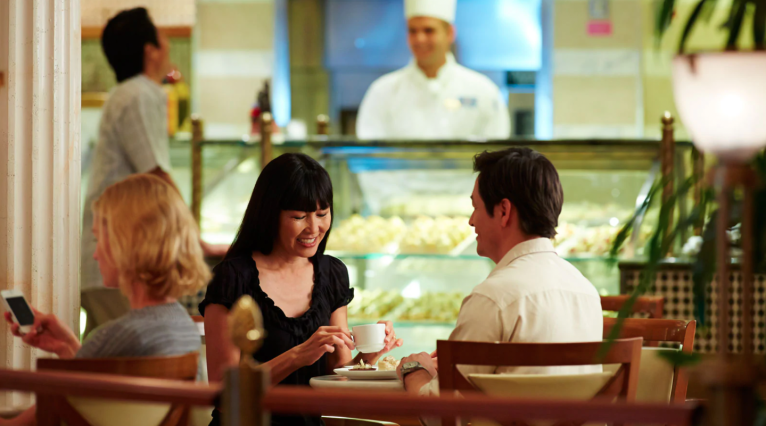








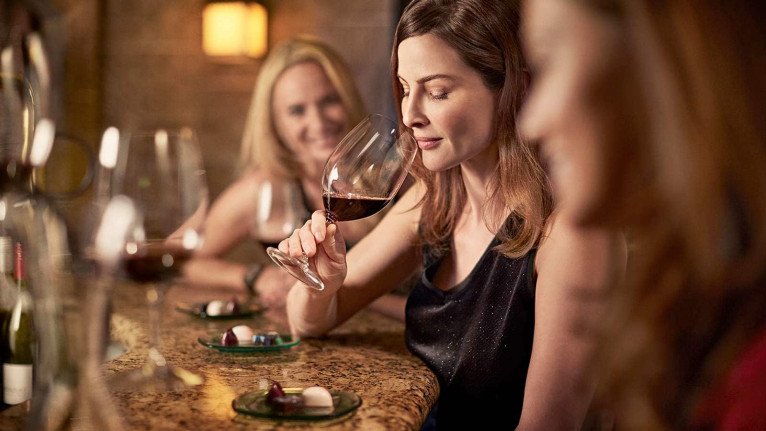
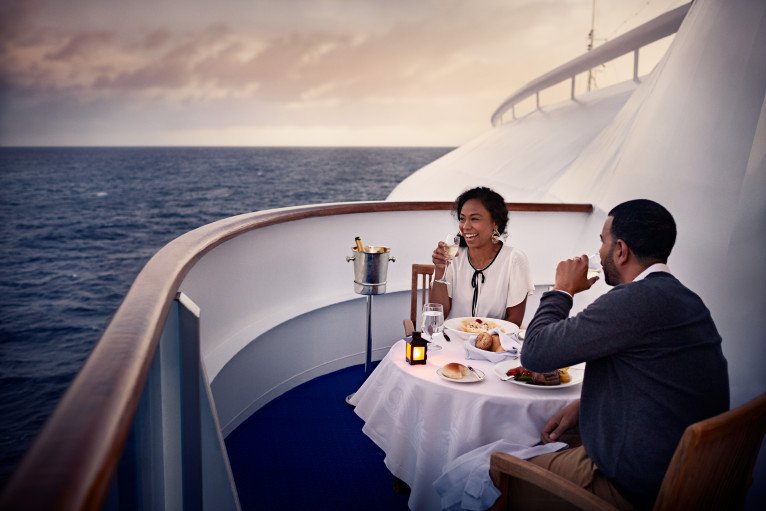



Dine My Way℠
Dine When, How and Where You Like
With this new offering, you can customise every aspect of mealtime. Make reservations for the main dining room or speciality restaurants at your preferred time each day. Fit in a formal dinner before a show, or order food and drinks to your poolside perch with OceanNow®. The choice really is up to you.
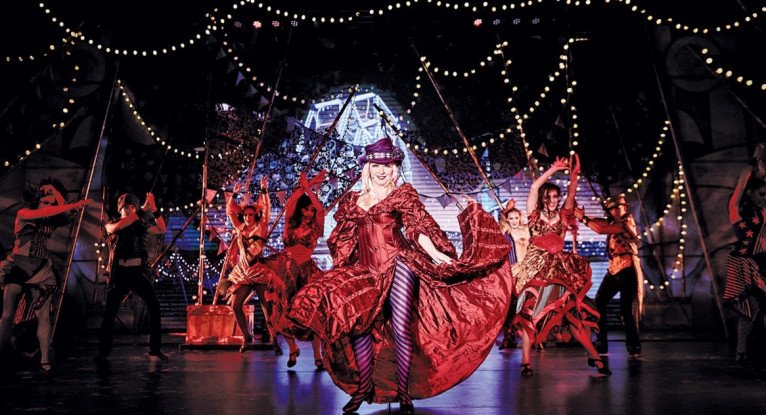






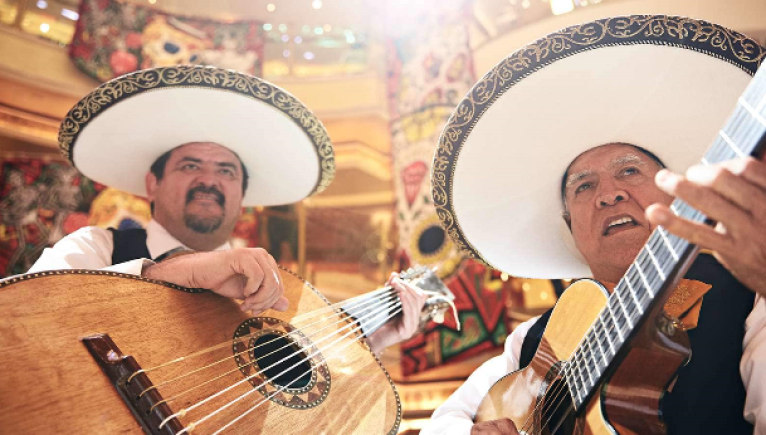
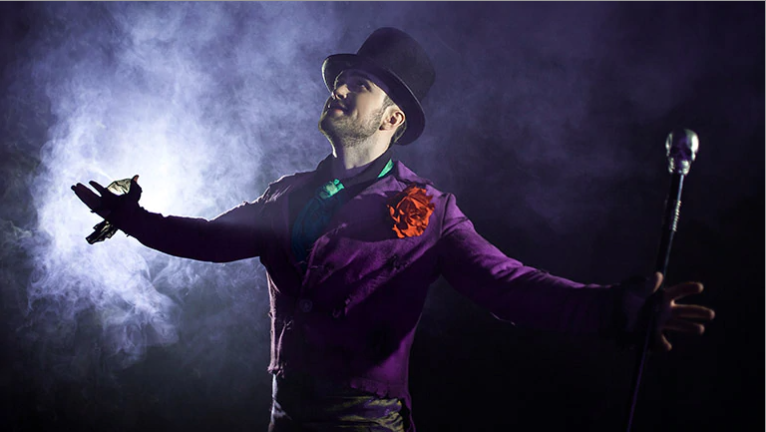

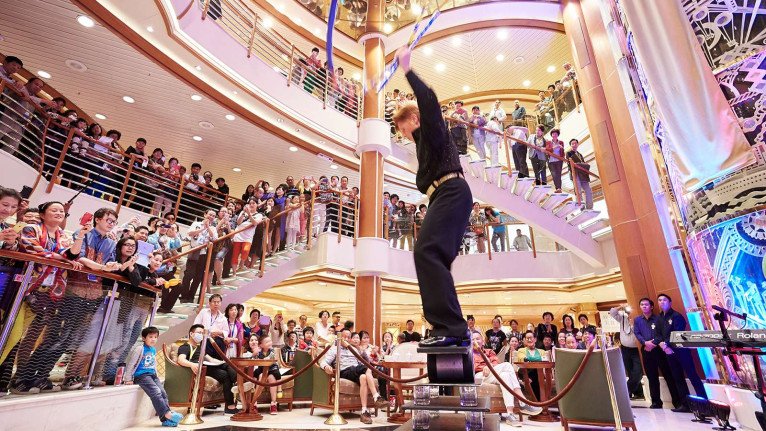





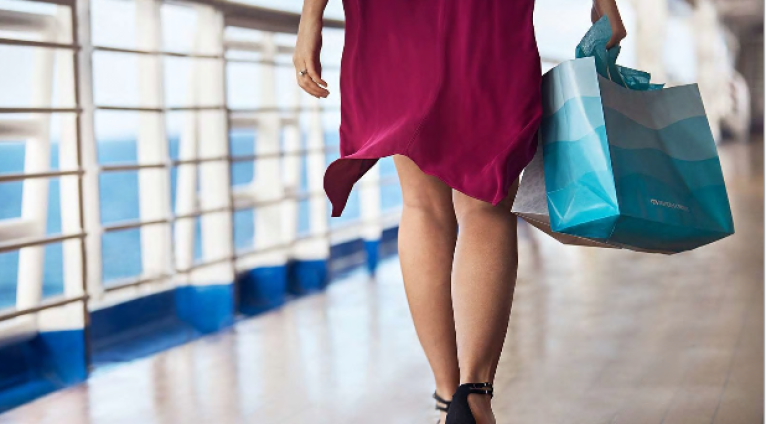


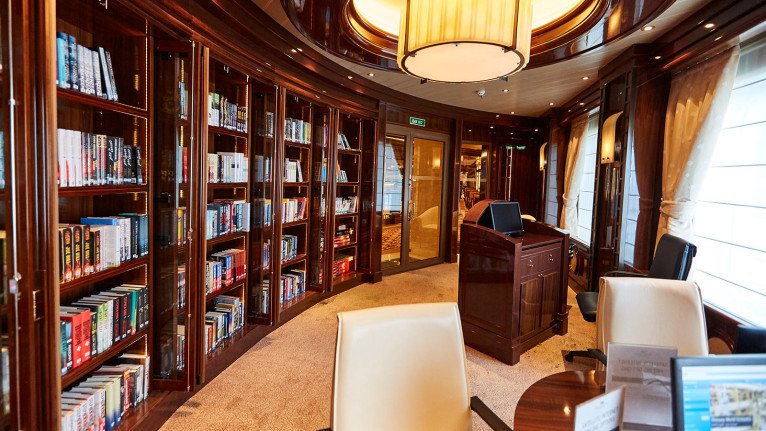
Princess Theatre
Broadway-Style Productions at Sea
With dazzling stage sets, artists from around the globe, modern hits and timeless classics, the Princess Theatre, our largest theatre yet, showcases lavish, original productions with dynamic cast members in sumptuous surroundings. In this ultramodern theatre, relax in a plush seat with unobstructed sight lines as the velvet curtain goes up, a state-of-the-art lighting system illuminates the stage, and it’s on with the show!


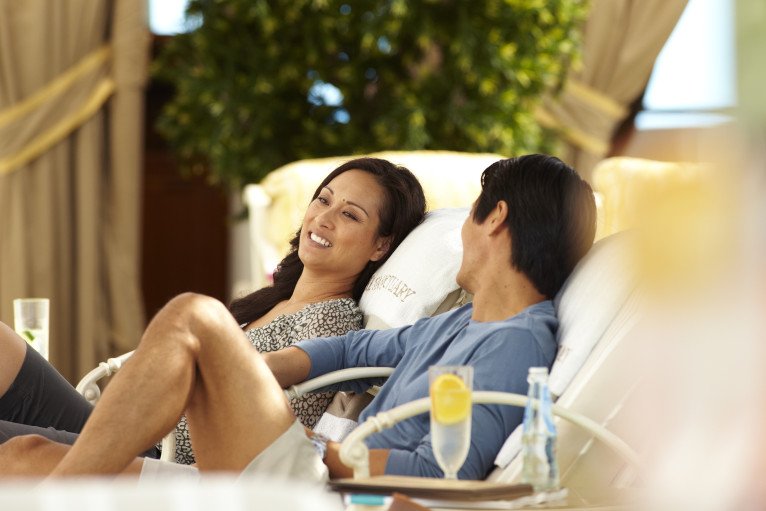


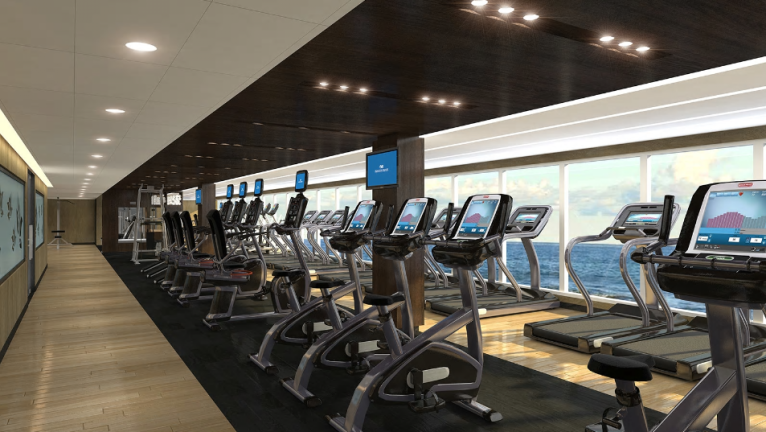
Freshwater Pools & Hot Tubs
Soak in a World of Relaxation
Take a dip in our sparkling freshwater pools and leave your everyday world behind. Unwind on a padded lounger and soak up the sun, catch up on reading, listen to music or dream of your next adventure on board or ashore. And what better way to relax and revitalise after a day exploring the world than a long soak in one of our whirling hot tubs. And don’t forget, there is always a server nearby to bring you a refreshing cocktail or favourite beverage.
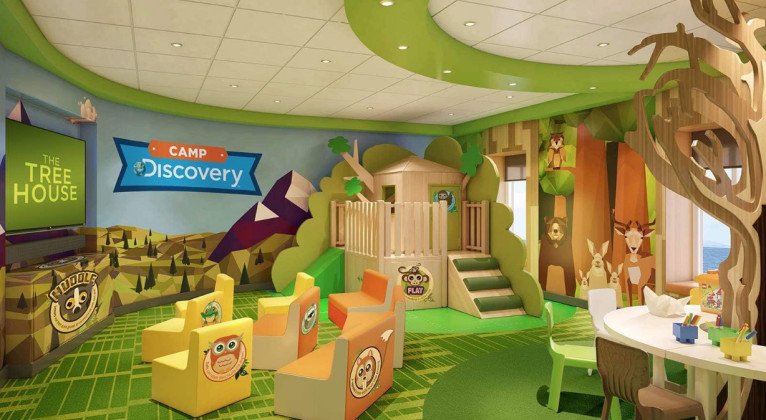
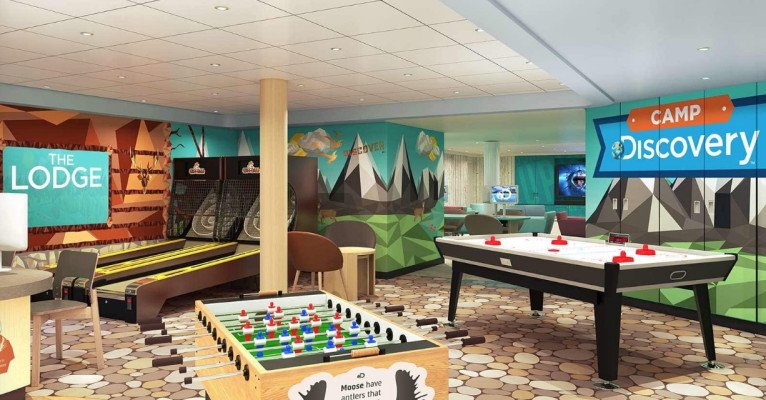
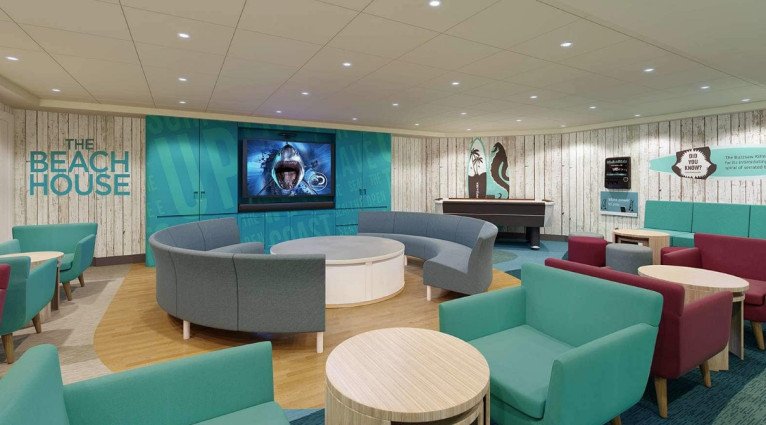
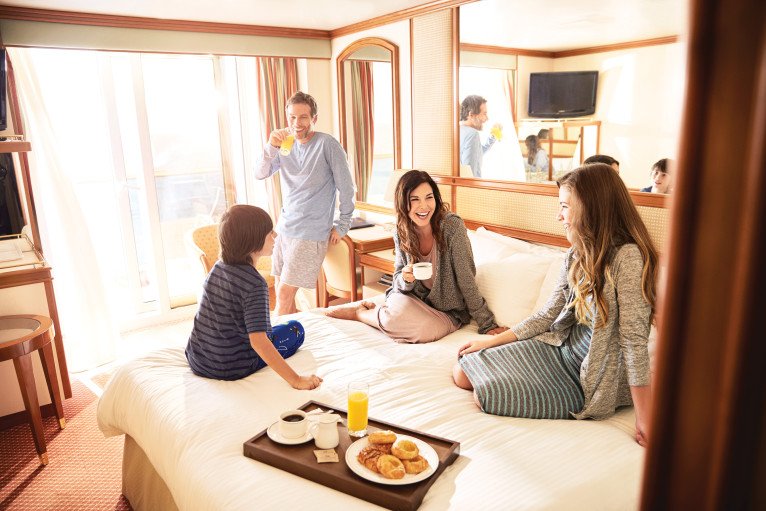
Just For Kids 3 - 7
Explore the Treehouse
Even the littlest guests will delight in this whimsical, forest-themed world that inspires playtime and invites exploration. Kids, ages 3 to 7, can dance, enjoy pyjama movie nights, create art projects like Animal Planet™ puppets and masks or compete in a Lego® boat-building contest.
Deck 18/19 - Star/Sky

- Jogging Track
- Platinum Studio
- Princess Links
- Centre Court
Deck 17 - Sports

- Chill Out
- Splash Pool
- Sun Terrace
- Teen Lounge
- The Sanctuary
- Video Arcade
- Youth Centre
Deck 16 - Sun

- Adagio's Bar
- Aerobics
- Beauty Parlour
- Conference Centre
- Fitness Centre
- Lotus Spa
- Movies Under The Stars
- Sabatini's
- Sauna
- Steam Room
- Tradewinds
- Wedding Chapel
Deck 15 - Lido

- Café Caribe
- Calypso Bar
- Calypso Reef & Pool
- Coffee & Cones
- Horizon Court
- Horizon Terrace
- Hot Tub
- Lotus Spa
- Neptune's Reef & Pool
- Slice
- THE MIX
- The Salty Dog Grill
- Thermal Suite
- Interior Staterooms
- Oceanview Staterooms
- Balcony Staterooms
- Suite
Deck 14 - Riviera

- Terrace Pool
- Interior Staterooms
- Oceanview Staterooms
- Balcony Staterooms
- Suites
Deck 12 - Aloha

- Interior Staterooms
- Balcony Staterooms
- Suites
Deck 11 - Baja

- Interior Staterooms
- Balcony Staterooms
Deck 10 - Caribe

- Interior Staterooms
- Balcony Staterooms
- Suites
Deck 9 - Dolphin

- Interior Staterooms
- Balcony Staterooms
- Suites
- Mini-Suites
Deck 8 - Emerald

- Interior Staterooms
- Balcony Staterooms
- Oceanview Staterooms
- Suites
- Mini-Suites
Deck 7 - Promenade

- Captain's Circle
- Club Fusion
- Crooners Lounge & Bar
- Crown Grill
- Explorers Lounge
- Library
- Photo Gallery
- Princess Theatre
- Promenade Galleria
- The Shops of Princess
- Wheelhouse Bar
Deck 6 - Fiesta

- Botticelli Dining Room
- Casino Bar
- Conference Center
- Da Vinci Dining Room
- Gatsby's Casino
- Guest Services
- Princess Theatre
- Shore Excursions
- Speakeasy Cigar Lounge
- The Shops of Princess
Deck 5 - Plaza

- Escapes Travel Café
- Future Cruise Sales
- International Café
- Internet Café
- Michelangelo Dining Room
- Princess Fine Arts Gallery
- The Piazza
- Vines Bar
- Interior Staterooms
- Oceanview Staterooms
Deck 4 - Gala

- Medical Centre
Crown Princess Cabins & Suites

Interior

Oceanview

Balcony



















-large_thumb.jpg)









